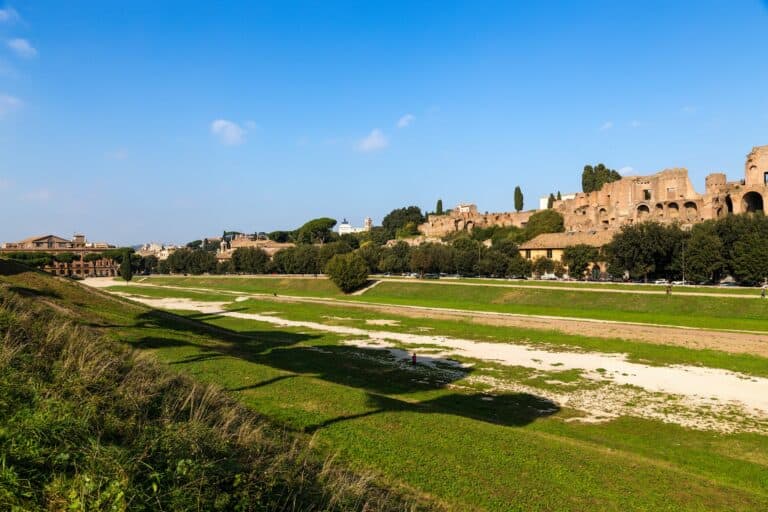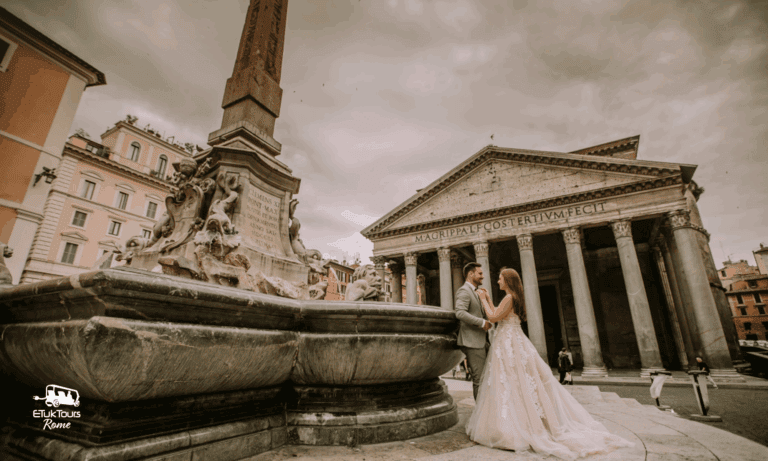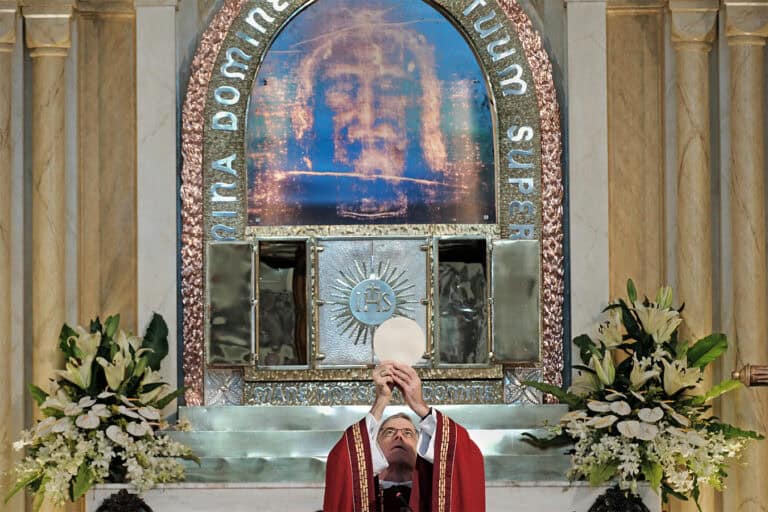Located just along the historic Via Appia and a short ride away from the bustling heart of Rome, the Mausoleum of Maxentius, also known as the Tomb of Maxentius, stands as one of the most impressive and enduring monuments from Ancient Rome. Dating back to the early 4th century AD, this imposing structure was built by the Emperor Maxentius, who ruled briefly during a turbulent period of Roman history (306-312 AD). Today, it’s one of the must-see attractions on our ETuktoursrome route, offering a fascinating glimpse into the grandeur of Roman imperial architecture.
The History of the Mausoleum
Maxentius, who co-ruled with Constantine the Great, was the last of the emperors in the chaotic age of the Tetrarchy. His reign was marked by rivalry and conflict, culminating in his defeat by Constantine at the Battle of the Milvian Bridge in 312 AD. The Mausoleum of Maxentius was built in anticipation of his eternal rest, symbolizing both his power and ambition. The structure was meant to serve as a monumental tomb for the emperor, although historical accounts suggest that Maxentius did not live long enough to be interred there. His defeat by Constantine and subsequent death meant that the mausoleum’s intended purpose was never fully realized.
Despite its unfinished state, the mausoleum is an extraordinary testament to the engineering and architectural prowess of ancient Rome. It stands as a symbol of both Maxentius’ authority and the shifting tides of Roman power during the time of Constantine.
What You’ll See at the Mausoleum of Maxentius
Visitors to the Mausoleum of Maxentius are greeted by the grandeur of its massive structure. The building is made from concrete, marble, and brick and was originally adorned with decorative sculptures, though much of the artwork has since been lost over time. Even in its ruined state, it provides a striking view of Roman imperial construction.
- The Massive Rotunda: The centerpiece of the mausoleum is the large circular structure, which is thought to have housed the emperor’s tomb. The dome, though incomplete, remains one of the most remarkable examples of Roman engineering, showcasing the advanced techniques that would later be perfected in the Pantheon.
- The Colossal Size: Standing about 35 meters high, the mausoleum was a truly monumental structure. The sheer scale of the tomb demonstrates the importance that emperors placed on their legacy and the afterlife. It is one of the largest tombs from the Roman imperial period, reflecting the status of Maxentius.
- The Surrounding Gardens: The mausoleum was once part of a larger complex that included gardens, which were an integral part of Roman funerary architecture. Though much of the area has since been excavated, visitors can still imagine the grandeur of the original gardens surrounding the tomb.
- The Fragments of Decoration: While much of the original ornamentation has been lost to time, visitors can still spot pieces of carved marble and sculptural fragments scattered throughout the site, offering a glimpse of the once-decorated tomb.
Facts About the Mausoleum of Maxentius
- The Emperor’s Unfinished Tomb: Maxentius died before the mausoleum could be completed, leaving it to stand as a symbol of the unfinished and ultimately unfulfilled nature of his reign.
- Roman Engineering Feats: The mausoleum’s large dome was one of the most advanced structures of its time and would inspire the design of the later Pantheon in Rome.
- A Site of Political Power: Maxentius’ choice to build such a grand tomb was not only for personal glorification but also a demonstration of his imperial authority, especially during a time of power struggles and political conflict.
- Historical Symbolism: After the defeat of Maxentius by Constantine, the mausoleum’s legacy was tied to the shifting power dynamics in the Roman Empire, with Constantine’s eventual rise leading to the spread of Christianity and the transformation of the Roman world.
Why Visit the Mausoleum of Maxentius with ETuktoursrome?
At ETuktoursrome, we believe in providing an immersive experience that brings history to life. Our expert guides offer in-depth insights into the history and significance of the Mausoleum of Maxentius, helping you understand its role within the larger context of Roman politics and culture. Whether you’re fascinated by ancient engineering or the personal story of Emperor Maxentius, our tours offer a deeper connection to this iconic landmark.
By visiting the Mausoleum with ETuktoursrome, you’ll not only get to explore one of Rome’s grandest monuments, but also hear about the dramatic period of Roman history that led to Constantine’s rise to power, changing the course of the empire forever.








